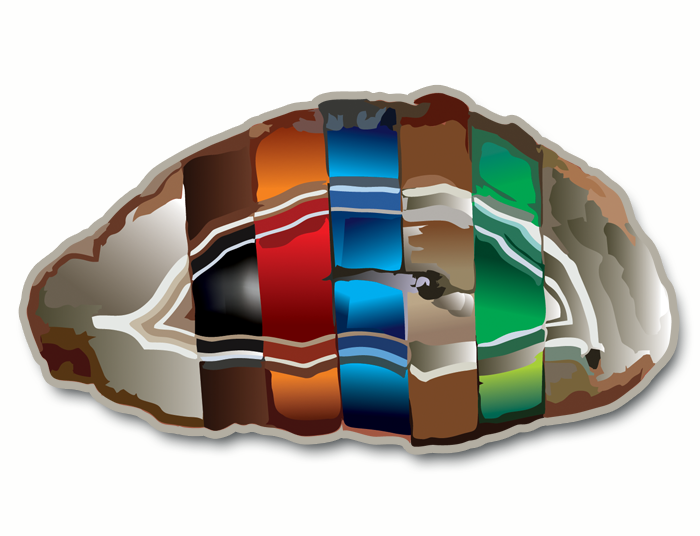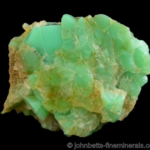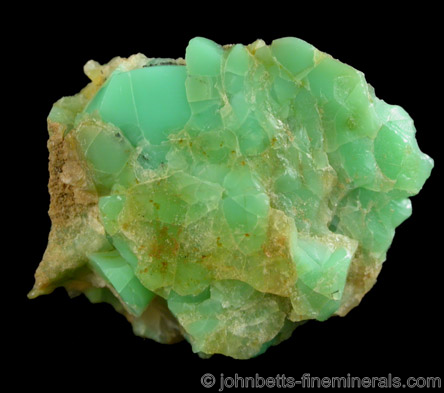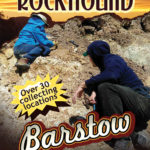
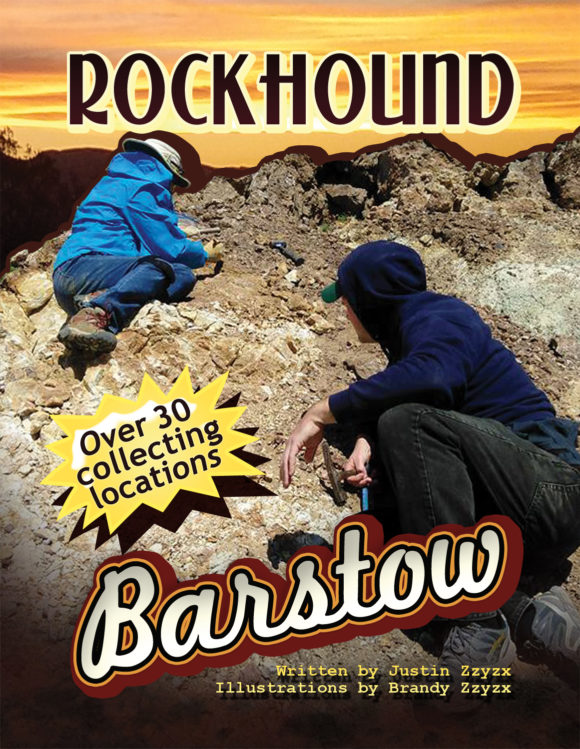
Check out the new expanded Rockhound Barstow, in full color and larger size!
UPDATED 3rd Edition Released August 2020 – Get it now direct on a PayPal link, or check it out on Amazon, eBay and Etsy
The Mojave desert is a mineralogically rich area. One small town of less than 30,000 people serves as a great jumping off point for dozens of fantastic collecting sites. Many of these locations are Southern California classics, found in field guides dating to the early 1940’s and surprisingly, still producing to this day. The Cady Mountains are an endless source of material. You can be sure that enough time spent in the loving folds of the Cady mountains will reveal some mind blowing treasures to the lapidarist.
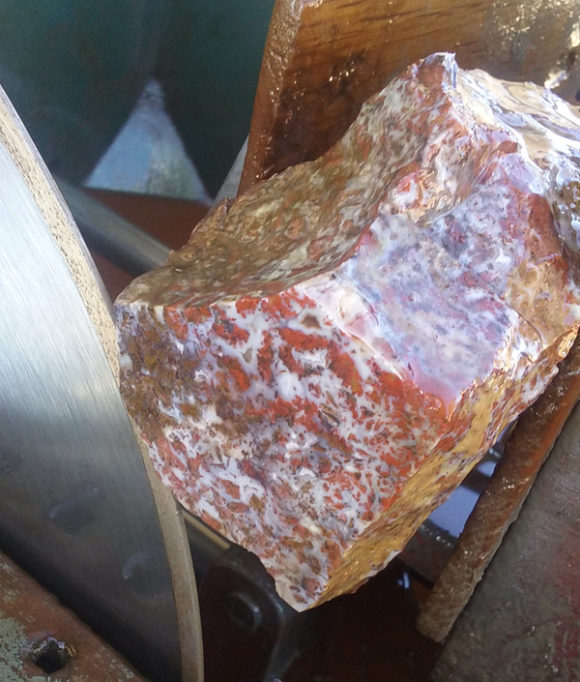
Top Notch Agate being cut into slabs. The Cady Mountains produce beautiful treasures you’ll love working with!
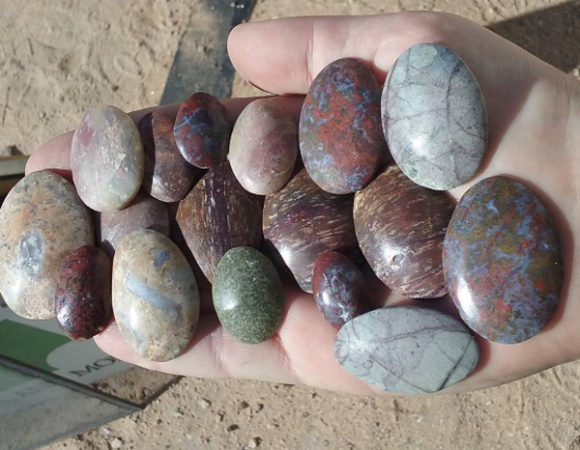
A sampling of cabochons made from material found in the Cady and Alvord Mountains
Just a few miles outside of Barstow you hit the Calico Mountains with a vast silver district, an amazing series of borate deposits, celestite for days, tons and tons of fine selenite and ample supplies of petrified palm root just pouring out of the hills…and silver lace onyx and calcite concretions that can have celestite and quartz replaced spiders and flies inside! That is just the things you can find in a small mountain range just four miles north of highway 15!
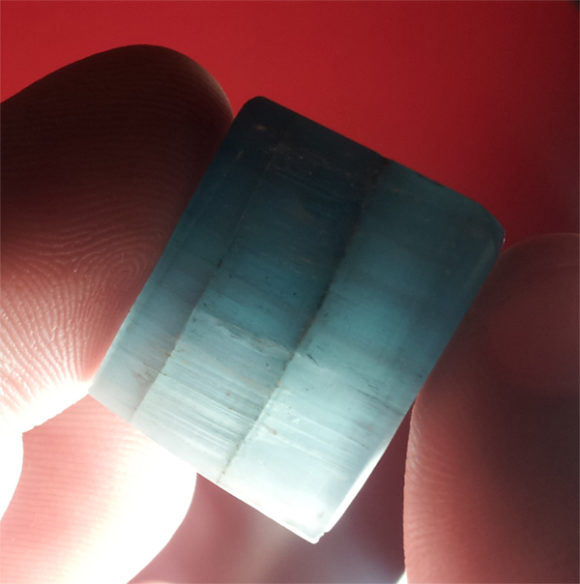
Polished Celestite from one of the many celestite deposits found along with the Borates of the Calico Mountains
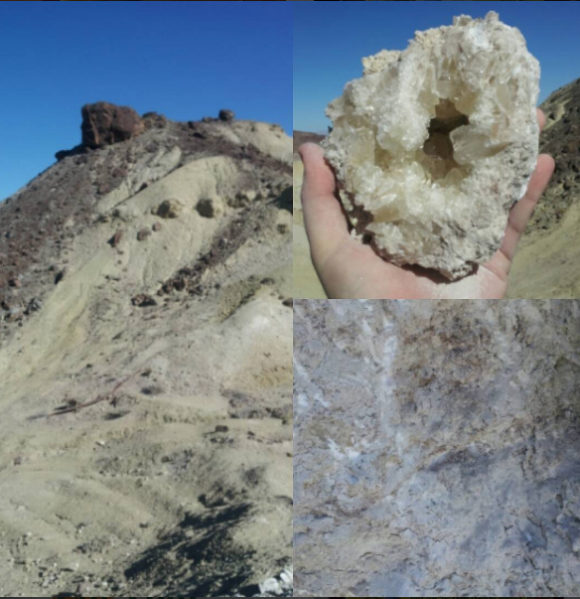
Gem crystal clusters of Colemanite are found in the Calico Mountains, ready to come home with you!
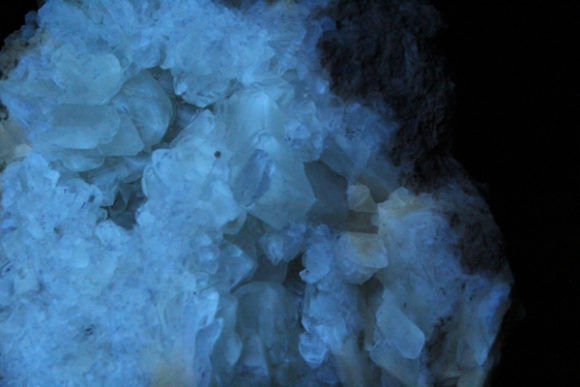
Colemanite glows bright in Short Wave Ultra Violet Light, like MANY of the minerals found in the area.
One of the reasons Barstow is such a great starting point for rockhounding in this area is the prime location. Just 2 hours north-east of Los Angeles and 2 hours south-west of Las Vegas, this town has most everything you need for traveling in this area. Gas, groceries, hotels, restaurants, even the Diamond Pacific Rock Shop, attached to the Diamond Pacific Lapidary Equipment factory. Emergency services, like tire and vehicle repair can be found in Barstow so that even in the worst of conditions, there is somewhere “local” to take care of any problems. Convenience is what Barstow provides and there is no reason why that is not a good thing!
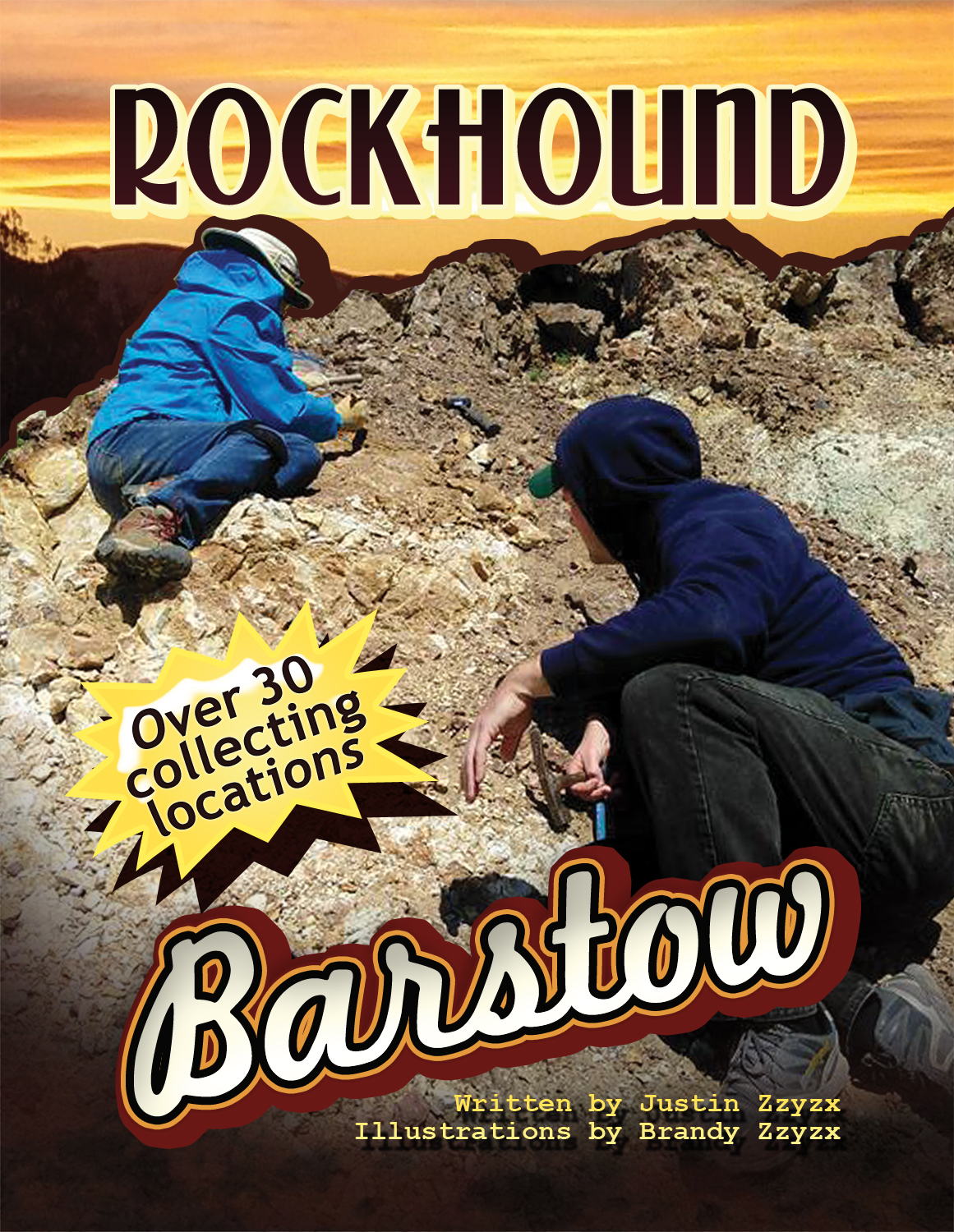
Buy it on eBay
Order it on Amazon, or Buy it for Kindle eBook Readers
Who better to write and produce this Barstow rockhound field guide than the field trip leaders, Justin and Brandy Zzyzx – locals to the area and avid rockhounds, each of the locations in Rockhounding Barstow have been visited by Justin and Brandy. Justin wrote the text and Brandy designed the maps, as you can see in the sample below.
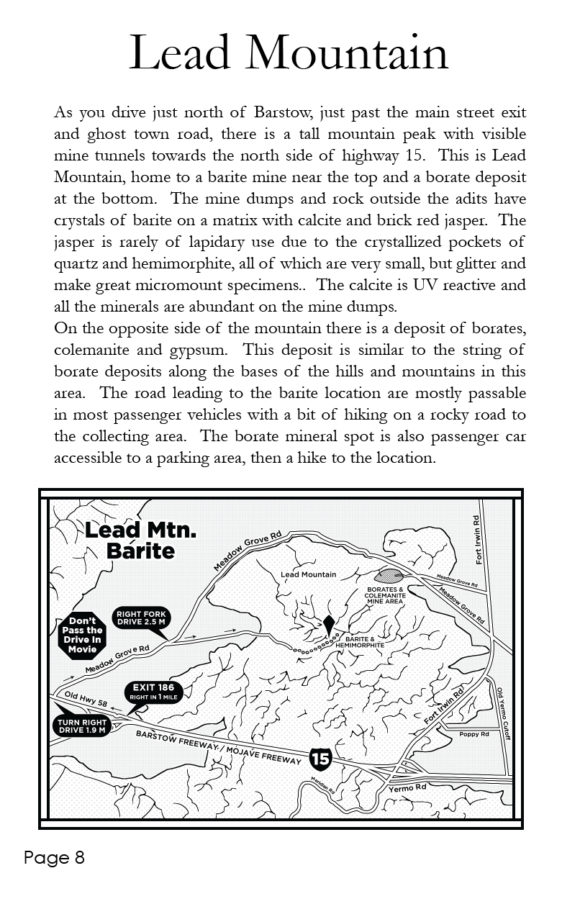 Sample page from the Rockhound Barstow Field Guide – Lead Mountain, just a couple miles from highway 15, a great place to visit and collect colorful crystals! Many of the locations have been written about before, while some of them are being published in this field guide for the very first time. One of the locations that is very exciting is the North Cady Mountain collecting, including the Top Notch claim, prospected by Bill Depue and John Pickett, of Diamond Pacific. This spot has been producing some really lovely material, bright red, golden siderite, fortification and banding of clear and lavender agate. Oh, a day collecting here just can not be beat! You are going to get directions to this very spot and over 30 more locations, just waiting for you to come visit.
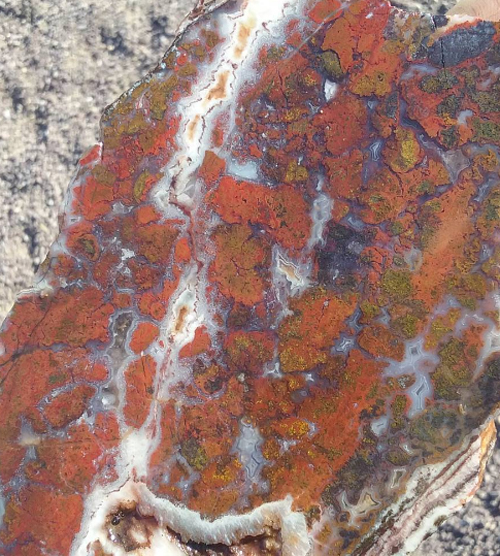 Bright Red and Golden Top Notch Agate from the North Cady Mountains, featured in the Rockhound Barstow Field Guide 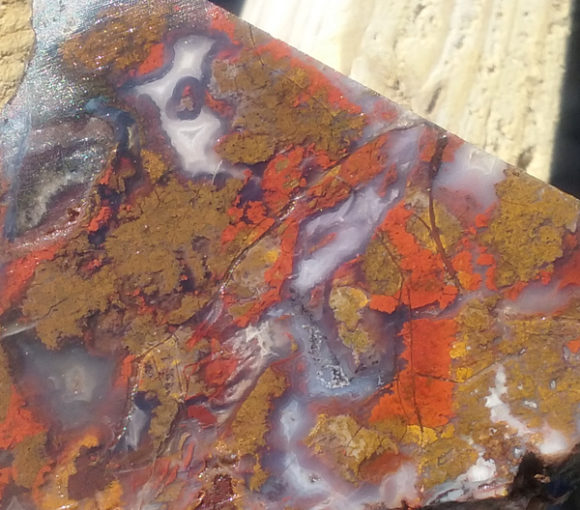 Siderite is not a common inclusion in agates so it is a welcome site to see this material, rich with gold and red along with beautiful gel agate from the North Cady Mountains Another interesting feature is the interactive rockhound map provided in the guide. Simply type in the website address and on your phone google maps will open up and you’ll be provided with a pinpointed map featuring all the locations in the book PLUS additional locations, each of them showing you EXACTLY where to collect. Most of the locations in the books will have cell phone service, allowing you to use the interactive google map as a guided satellite directly to the collecting location. Truly a first in terms of mineral collecting field guides!
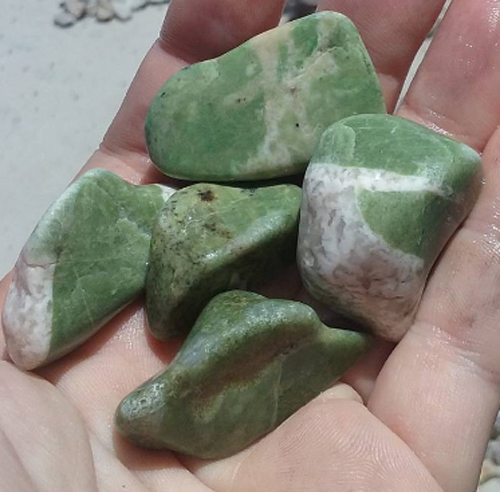 This fun “Nickel Quartz” comes from the North Calico Mountains Nickel Quartz, Wollastonite, Garnet, and so much more await you, with new locations added occasionally. By now I’m sure you are chomping at the bit to find out how to get your copy of this booklet. This digest sized field guide, with a color cover, color photographs of what you can expect to find, over 20 collecting locations, all this can be yours for $14.99 plus shipping and handling! That’s right, just $14.99 plus shipping gets you a fountain of information, right at your fingertips!
Simply use PayPal to order directly by Credit Card or your PayPal account or purchase a copy from Amazon, Etsy or eBay.
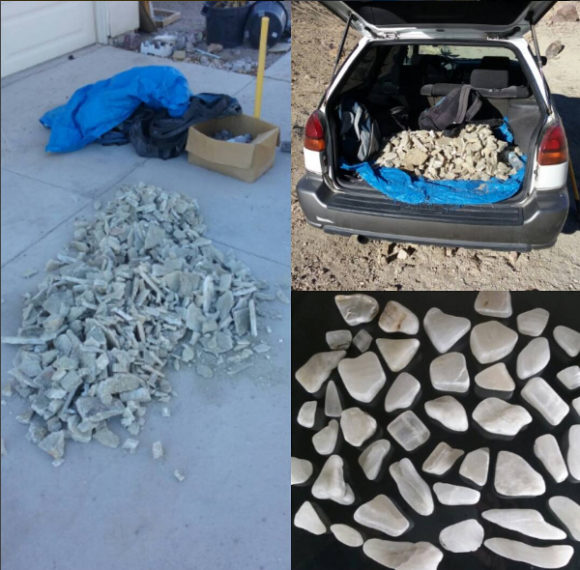 The abundant Gypsum/Selenite in the Calico Mountains is great for tumbling, polishing, carving and collecting. We use it as a water softener. 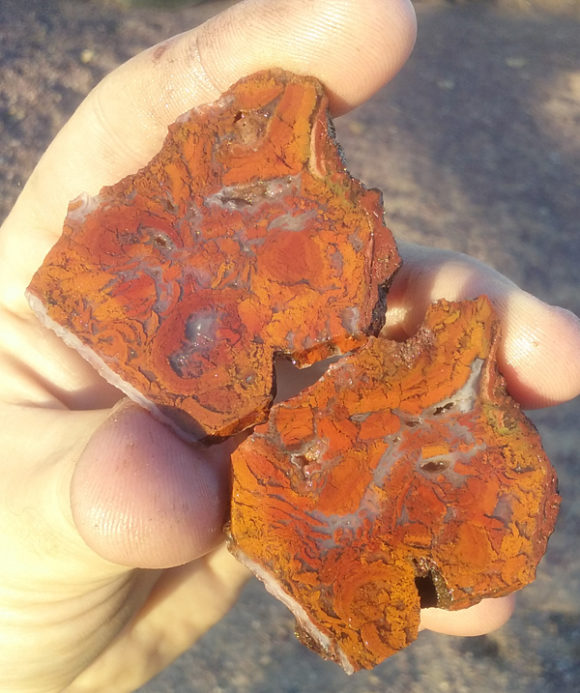 The Lavic Sidling Jasper location is not just limited to the classic areas, but also spilling out to the West and North of Pisgah Crater, as you’ll see in the Rockhounding Barstow Booklet 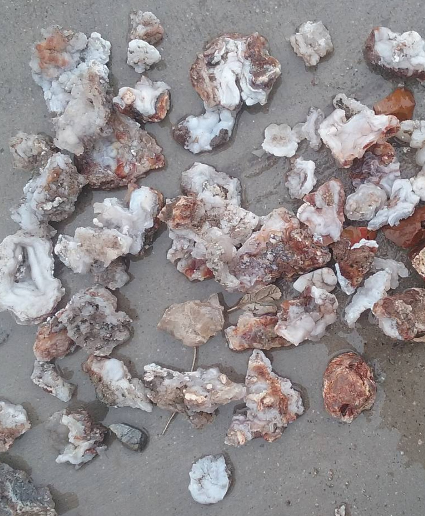 Chalcedony Roses are very abundant out in the Mojave Desert
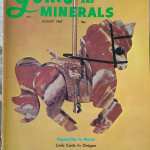
Rockhounding is a hobby that anyone can pick up, with very little in the way of costs besides time and transportation. Colorado is a wonderland of mountains, forests and rocks. Petrified wood is always fun to find and in many places around Colorado, abundant. Let’s show you a fun way to research locations from old data sources.
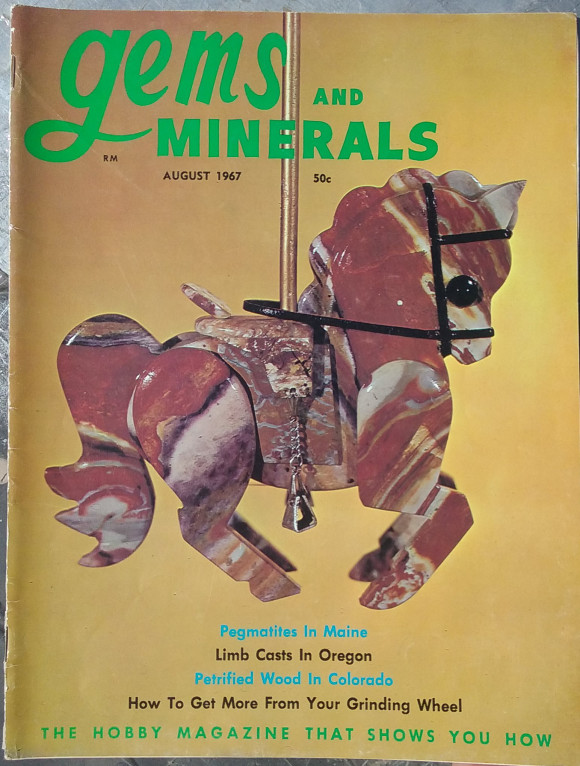 Available on eBay, Amazon, and at mineral shows across the nation, old magazines are full of rockhounding information!
By old data sources, we mean, old magazines, books and pamphlets about collecting minerals. Rockhounding was very popular in the 1950’s, 60’s and 70’s, which lead to the production of all sorts of printed material for rockhounds and lapidary enthusiasts. Today, even if rockhounding was nearly as popular as before, the internet is the land of independent media, yet, the information from those sources is so niche, it takes people specialized in transferring that information over to bring it to light, instead of waiting around for others to research and publish, you can take charge and research many things from your computer, using information from sources like this one, The August 1967 edition of “Gems and Minerals”.
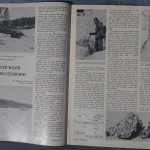 Click to see at full size
The article, entitled “Petrified Wood in Eastern Colorado” by Eugene M. Beason, describes a large wash where petrified wood is plentiful. Due to the nature of these alluvial rock deposits, every year new material is churned up by erosion by wind and rain, so if there was ample material in 1967, there would be ample material in 2016. Property ownership is always evolving and changing and must be verified by any possible explorer.
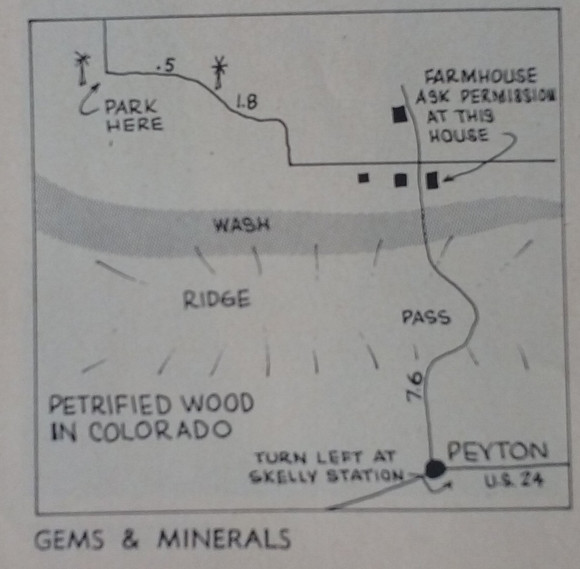 Original Map to the Petrified Wood Collecting area in the 1967 Gems and Minerals article. Many things have changed since this article was printed, nearly 50 years later. Instead of the turn being the “Skelly Station”, we can see the map is pointing to “Peyton Highway”, which runs north to go over a mountain pass and turns hard left (west) on “County Road 74/82”, which parallels the wash that is talked about in the article. I do not think there is any need to stop at the farmhouse listed in the article to ask for permission, as the ranch land gave way many years ago to the need for housing, as the populations in nearby Denver and Colorado Springs swelled, so did the growth out into the nearby countryside. 50 years ago there were just cows and a couple windmills, now there are hundreds of houses dotting the landscape. The issue is that the property in Colorado has two things going against it – Waterways can be included in property lines and property does not have to be POSTED to give first refusal to entry, as in most states in America.
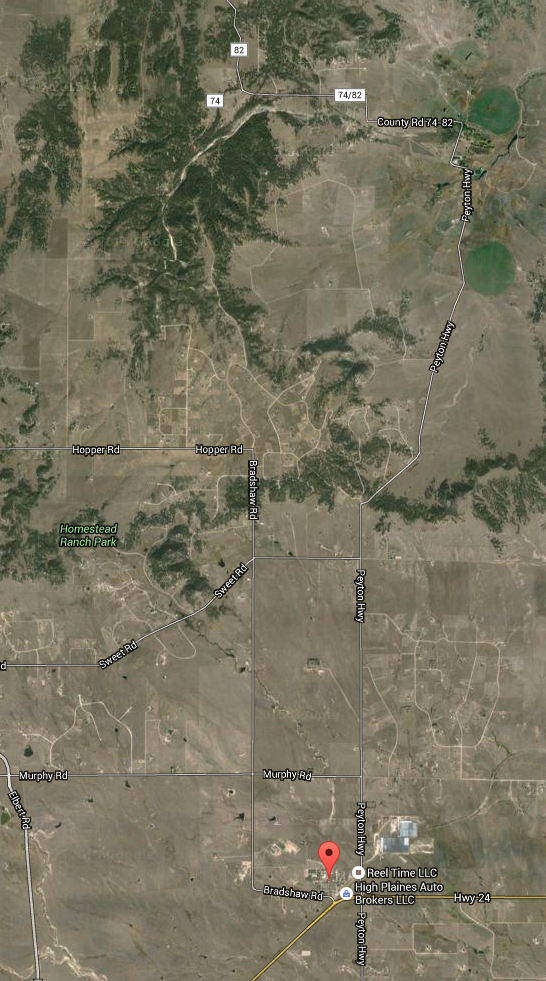 This map shows the area as shown in the illustrated map above. As we searched google for information on this location, the terms “Peyton Petrified Wood” were coming up nearly blank. We did find an entry for it on Mindat.org, but it did not show anything directly from this location. Additionally, PeaktoPeak, a well known website for Colorado collecting, has a bit about petrified wood from that general area. Digging through field guides to Colorado, we could not find this location listed, could it have been one of the locations that simply slipped through an information hole, getting a two page article and then just…relegated to maybe popping up in a mention in a local club newsletter. It IS possible to contact the property owner, Tim Richardson, at timothy.k.richardson@gmail.com for guided tours of the petrified wood deposits.
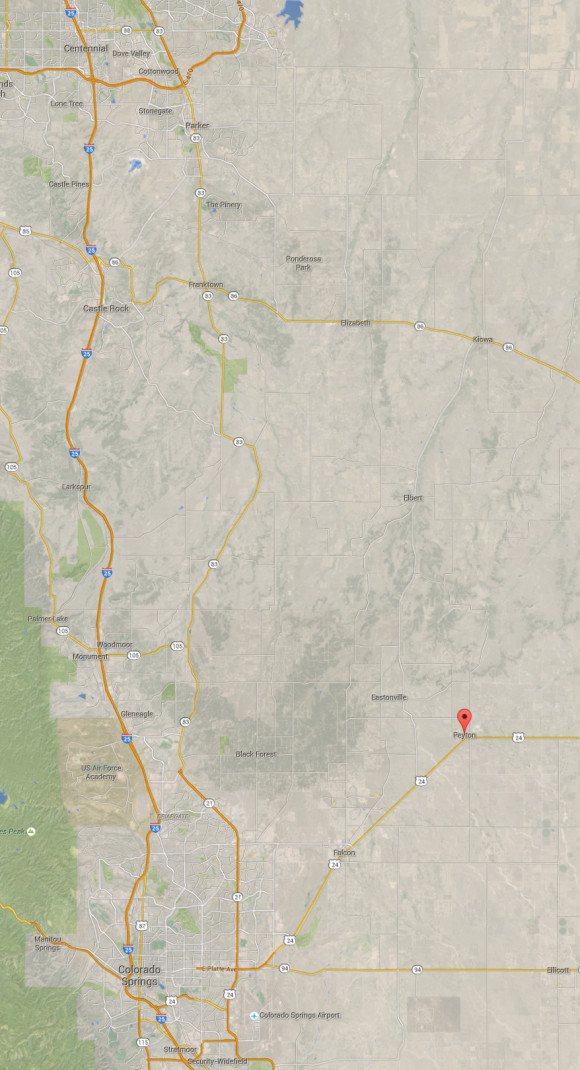 as you can see, Peyton is not a far drive from Denver or Colorado Springs Researching where rocks are found is necessary and interesting – don’t neglect to inspect old magazines and field guides from 40, 50, 60 years ago. You never know when a good location has simply fallen through the cracks and is waiting for you to find it and come explore! You’ll find that property ownership has changed over the years, however, don’t neglect to contact current property owners about that old information – many people are excited to find colorful rocks and minerals and are surprised they are underfoot.
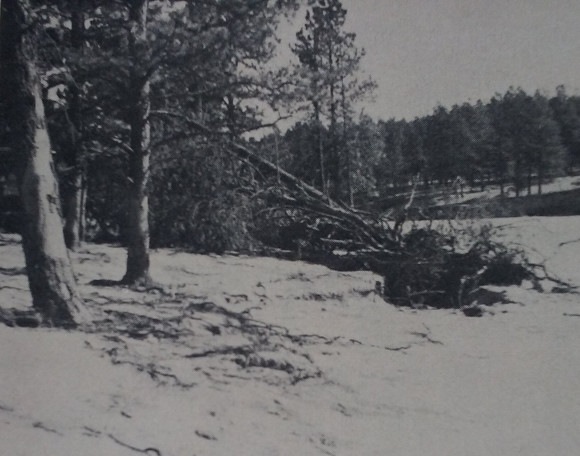 “Looking down the wash where the good petrified wood is found. Floowaters that uprooted the tree in the foreground also uncovered new gem material.” – Photo by Eugene M. Beason. 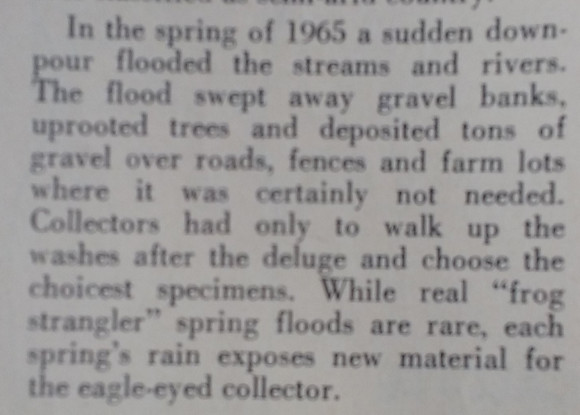 So, when ever the rain is hard in colorado, new material is unearthed!
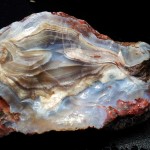
Rock Hounding West Texas for Agate and many other great finds
By Erin Balzrette
for Katy Rock Shop
http://www.katyrockshop.com
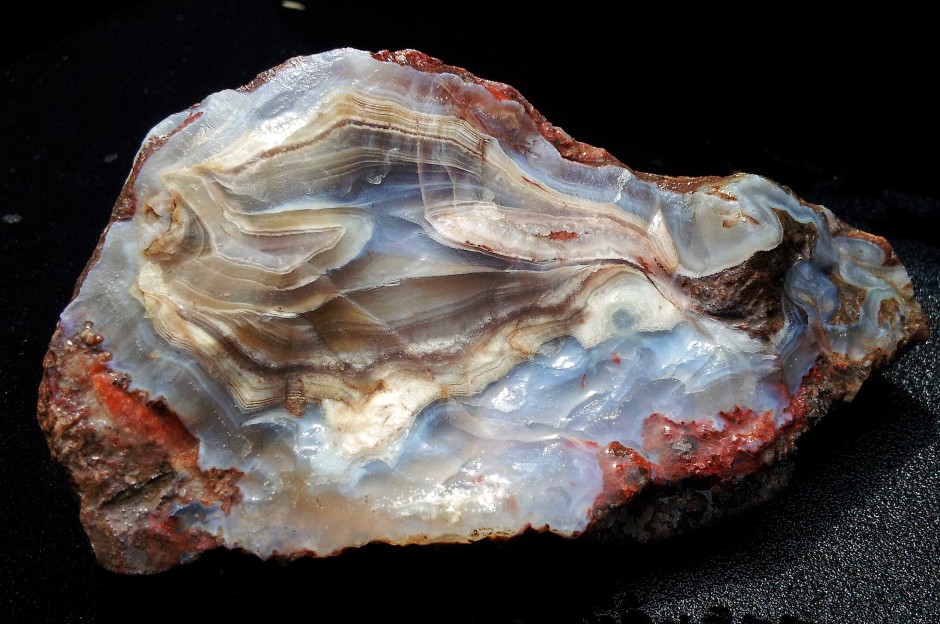
Above: Banded Agate from the Alpine Texas area
After rock hounding in Texas with a guide as amazing as Frank Roberts of Austin, Texas, Dawn and I felt ready to go it alone. Also, we begged Frank to come if we got lost or could not identify what we were seeing, and he emailed us all weekend to be sure we were safe. Like I said, we “went it alone”, with Frank on stand-by. We grabbed a copy of The Gem Trails of Texas by Brad Lee Cross and decided to head out.
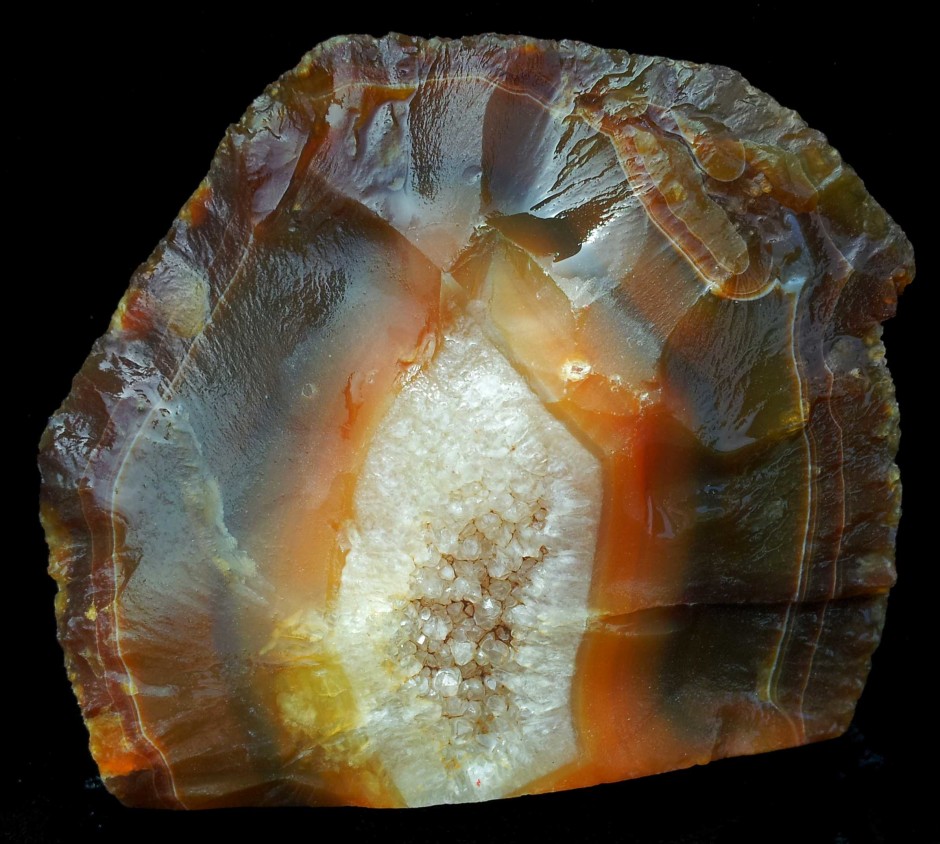
Above: Classic Agate from the Alpine Texas area
I called Paul at Moonlight Gemstone, of Marfa, TX, (432-729-4526) Bruce Huff, of Katy Rock Shop has a great respect for his beautiful work as do I, and I could not wait to see it for myself, and meet him. The Marfa agate is breathtaking. Paul Graybeal has exclusive rights to the private property in which most of Marfa agate is found. He explained that access to for us to do some hounding would not be possible. He keeps names or locations of land owners who place trust in him to protect their land from sought after agate to himself. It is easy to see why he protects the agate he does. It should be protected, and the land owners have the right to feel their trust has been in no way misplaced. Instead, he invited us to come see him work! This was an incredible offer that I was not about to miss! Paul is thoughtful, generous, patient and kind. I was as impressed by the man, as I was by the work he did, and the agate that surrounded us. Spending the afternoon watching him work, letting us work with him, learn from him, was and experience I will not forget.
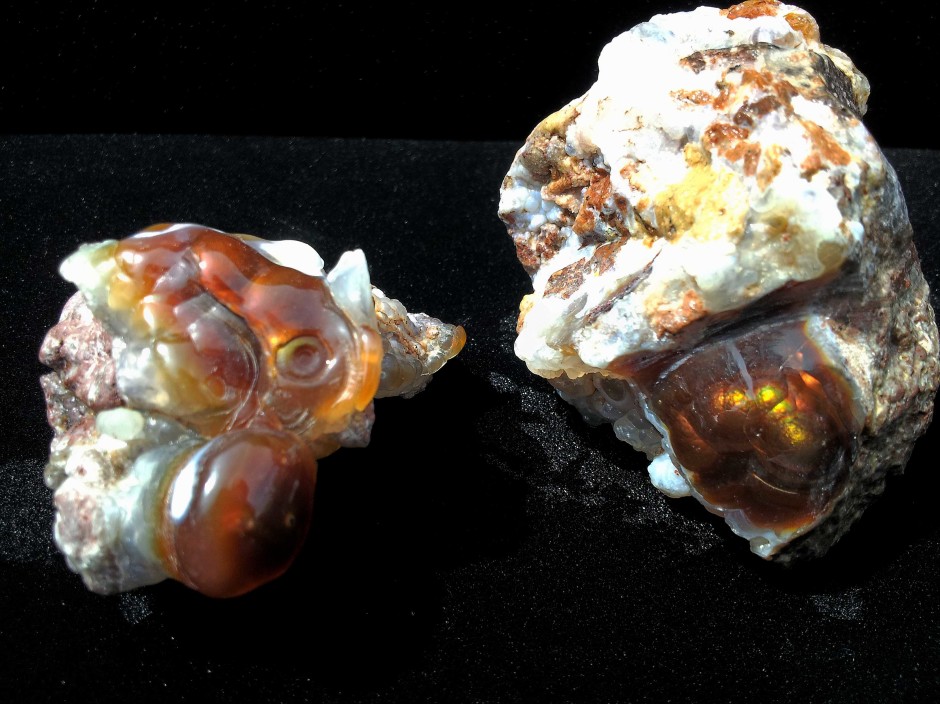
Above: FIRE AGATE from the Alpine Texas area
We couldn’t wait to get to Woodward Ranch (WoodwardRanch.com) famous for the beautiful red plume agate only found there. There is so much more to find at the ranch! The Labradorite is a clear yellow! Opals that are gorgeous, and what she calls “yard art” is some of the most beautiful I have seen. (Yard art … no charge!) $6.00 a person, you are given a detailed map, a quick learner’s course, and shoos you before it gets too hot! When you return she counts it out, $6.00 a lb. for agate. We each left paying 18 dollars, 2 lbs. of agate, and many more lbs. of “yard art” so beautiful I am thrilled to have found it. A few items I collected from this trip are on my website. She was a delightful woman who spoke of her late husband Trey in a way that made you want to sit all day and talk to her. I, like so many others, are so grateful that Woodward Ranch is still operating and allowing others to see the wonder it has to offer.
Terri Smith of Alpine, TX, emailed to explain that she will set up Agate “Hunts” for you, a group, or family, in the fall. THE FALL when it’s….cooler? Terri is the logical one here. And so we will go back in the fall and go to the Ranches able to be hounded at that time on the tours given. The email was very nice and suggested that we try the book I had bought for the journey. I was grateful for the advice, and that I had picked the right book! I have heard only great things about Terri and her extensive knowledge of the area and experience.
“The Gem Trails of Texas Book” by Brad Lee Cross , was for our purposes to the mile, correct and accurate in its description of findings, and location. We found beautiful Jasper at the picnic table Jasper sight 8 miles from Marathon. Exactly as the book said. Amazon is one seller that carries the Gem Trails Series. , was for our purposes to the mile, correct and accurate in its description of findings, and location. We found beautiful Jasper at the picnic table Jasper sight 8 miles from Marathon. Exactly as the book said. Amazon is one seller that carries the Gem Trails Series.
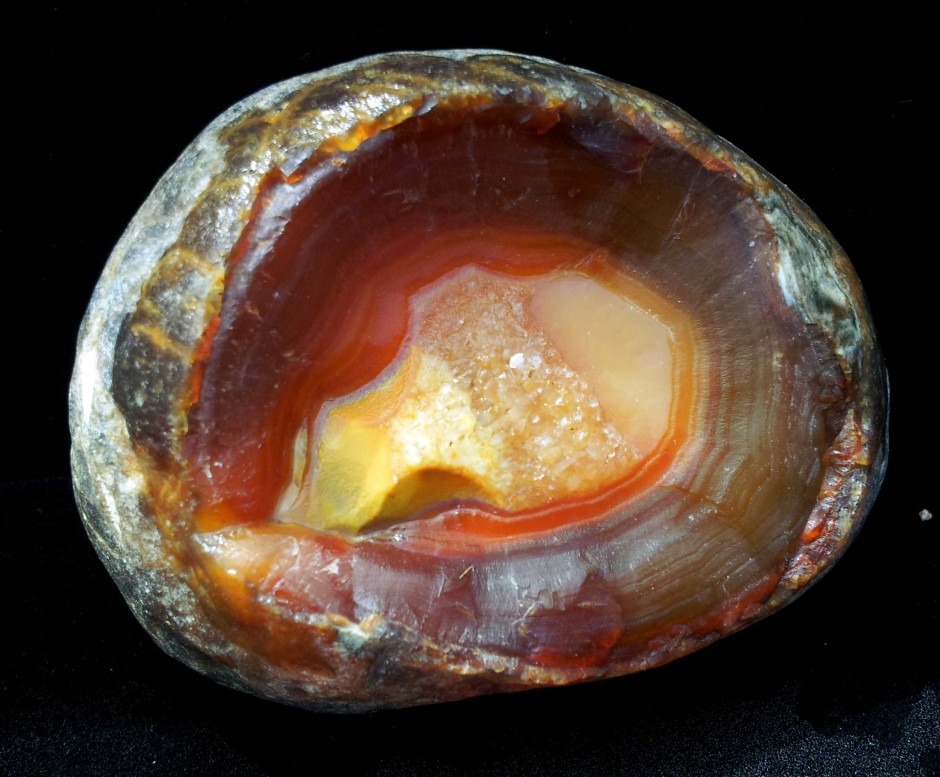
Above: Iron Rich Agate Geode from the Alpine Texas area
The West Texas Agate was a trip we will never forget, filled with beautiful surprises showing in each piece you see from that area. While visiting the Katy Rock Shop, you will see pieces from all over Needle Peak, Woodward, Marfa, and so much more and it is all there waiting to show you the beauty of West Texas.
Please find links to Katy Rock Shop, Terri Smith, Moonlight Gemstone, Woodward Ranch, Frank Roberts, and more at my website www.treeclimbersjewelry.com. Pieces I collected during this trip are displayed on the site as well.
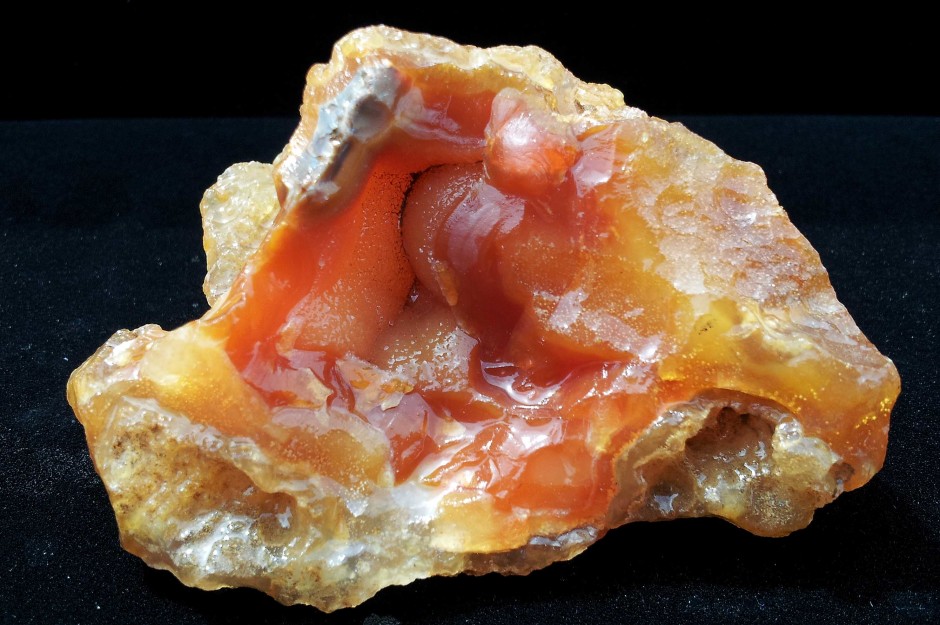
Above: Iron Rich Carnelian Agate from the Alpine Texas area
Here at WhereToFindRocks.com we love using Hotels.com to find places to stay while out rockhounding! to find places to stay while out rockhounding!
And you never know when that hole in the ground is going to require working after hours on, so with Hotels.com , ,
No hotels.com Change or Cancel fees on lodging bookings!
So, find a hotel around Marfa, Texas or Alpine Texas and get out and collect some Agates!
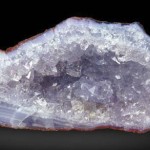
Near the border of Archuleta County in Colorado, Wolf Creek Pass and Treasure Mountain contain a deposit of silicates and zeolites that have made their way into mineral collections around the world. The collecting area, spread out over the rocky mountainside, is often referred to as Wolf Creek Pass. However, Wolf Creek Pass is actually a 10,000 foot mountain pass that wraps around Treasure Mountain and follows the Wolf Creek. The mountain does not bear gold or jewels, but the volcanic basalt deposits are near a very photogenic waterfall, Treasure Falls. Surrounded by scenic views, this basalt deposit is one of the most thrilling areas of Colorado. Hotels.com has great deals on hotels around Wolf Creek Pass, Colorado has great deals on hotels around Wolf Creek Pass, Colorado
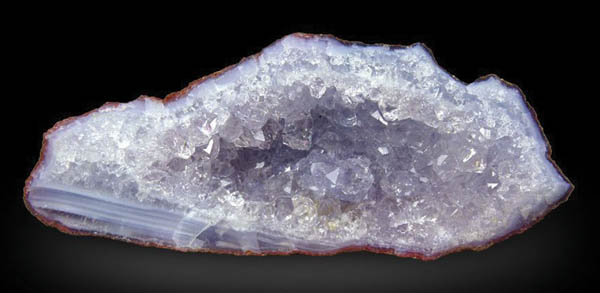
Quartz specimen with banded agate and a crystal center with a slight purple hue.
Photo by Mathew Marulla (marulla.com)
Treasure Mountain is named after the legendary stash of gold, left behind by a French expedition in 1790. Several search parties have tried to find the fortune of gold bars acquired from a gold deposit near the Peak of Treasure Mountain, but none have been successful in finding the bars or the deposit.
Much of the collecting area is adjacent to highway route 160 and in the boulders and exposed rock of the mountainside just north of the falls. The mineralized area is fairly large and boulders containing the material have been distributed across the area, both naturally and due to the construction of route 160 and Wolf Creek Pass. In fact, due to the close proximity to Archeuleta county to the south, part of the deposit crosses this manmade border separating the counties which only serves to cause confusion in geographic labeling of specimens from this deposit.
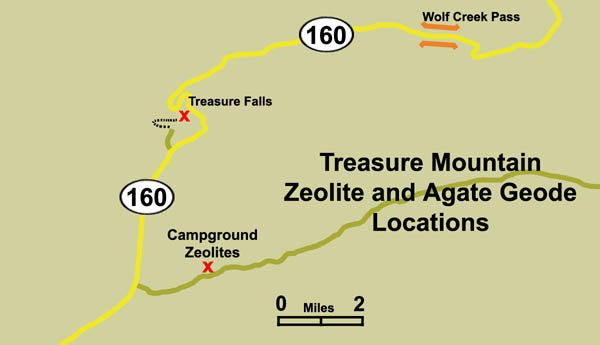
Map of the Agate and Zeolite locations around Wolf Creek.
Rounded amygdaloids fill the voids in the volcanic deposit of basalt, as with many occurences. These host crystals of quartz and about half a dozen zeolite minerals.
The quartz and agate are similar to that found in many other volcanic silica deposits. The agate is typically clear, white and/or shades of blue, often with alternating layers that make it desirable for lapidary use. Some have crystallized centers. Typically the crystals form on a layer of agate, which varies in thickness from miniscule shells to thick rinds. Sometimes the crystals are amethyst, making attractive specimens on dark colored volcanic matrix. Though the agate and quartz found here do not rival that found at many other locations, it is one of only a few still open for collecting.
Of course, the zeolite species are what makes the location a true Colorado classic. Analcime is typically found as very small crystals usually below 1 cm in size. However, at one location, analcime is found up to 3.5 cm. Chabazite occurs here, but not in crystals larger than a few millimeters in size. Heulandite is sometimes found as crystals up to 5 cm across. However, typically the crystals are only millimeters in size, lining the cavities and serving as matrix to other minerals. One such mineral is mordenite, which is found as well formed clusters of white fibers. These clusters, up to a few centimeters in size, were referred to as being one of the best locations for the species in the United States for many years.
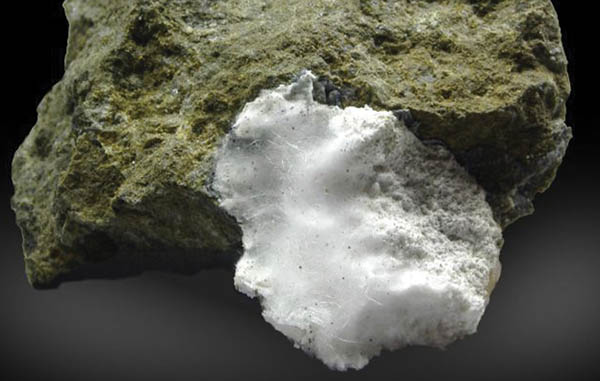
Mordenite crystals in a vug of basalt
Photo by Mathew Marulla (marulla.com)
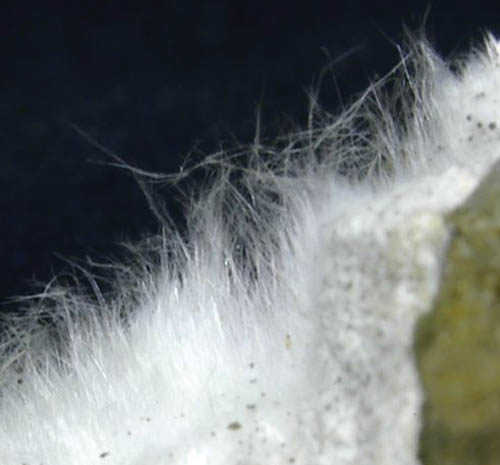
Mordenite Crystals up to 2 cm long can be found at the location
Photo by Mathew Marulla (marulla.com)
Other associated minerals include globular common opal, small rhombs of calcite, and small pyrite crystals. The locality is also a classic locality for the clay minerals celadonite and nontronite, which form in abundance. Laumonite, natrolite and wellsite also occur in the deposit, but they occur rarely and only as small crystals
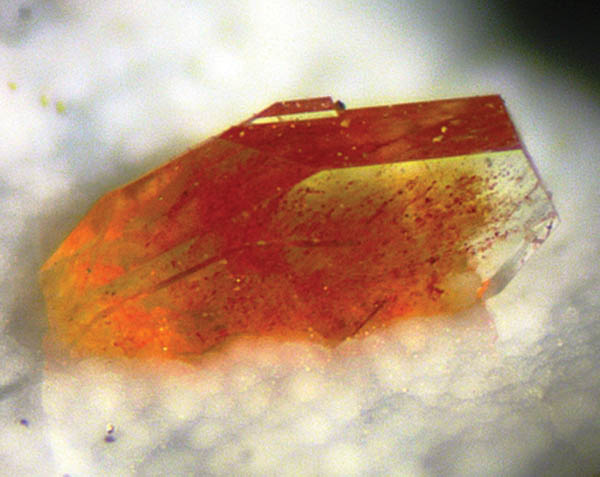
Isolated Heulandite crystal on matrix. Specimen size is 6 millimeters
Photo by Luigi Mattei
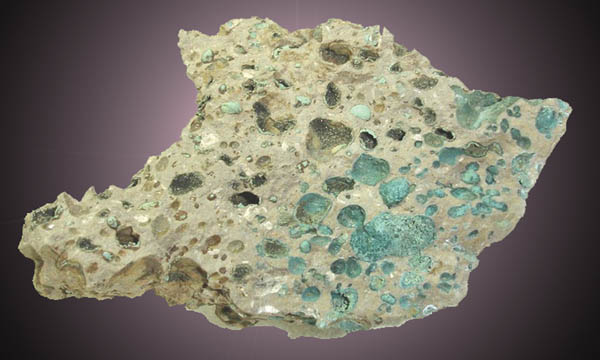
Several voids filled with celadonite overall size 10 x 5 x 3 cm.
Photo by Martins da Pedra
Due to the vast deposit and mountain conditions, this source of colorful quartz, agate and zeolites will always exist in the mountains of Colorado. Maybe the lack of gold is a bit disappointing for a mountain with such high aspirations, but to many mineral collectors around the world, the real treaures are the mineral collecting opportunities and the often-visited Treasure Falls.
If you enjoyed this article, it was originally printed in The-Vug.com Magazine, which was released as a hardcover coffee table book, collecting all 16 issues of the original magazine. It is 324 pages, hardcover and full color, available directly from the publisher at FortySevenPress.com For $34.95, it is full of great photos, articles, collecting locations and more! Get your copy to add to your mineral book library!
| 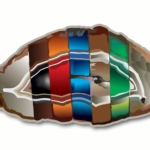
The resulting fumes are going to be a corrosive, poisonous brown fume, so this mixture must be done outside or under a lab hood. This stuff will bubble and heat up, allow to cool for 24 hours, then decant the clear liquid into another container. This is iron nitrate, the liquid needed for the next step.

